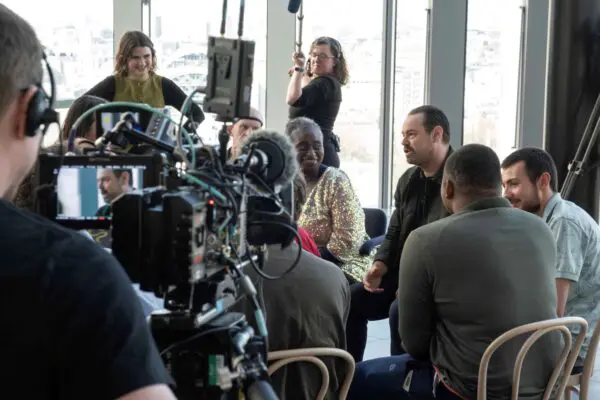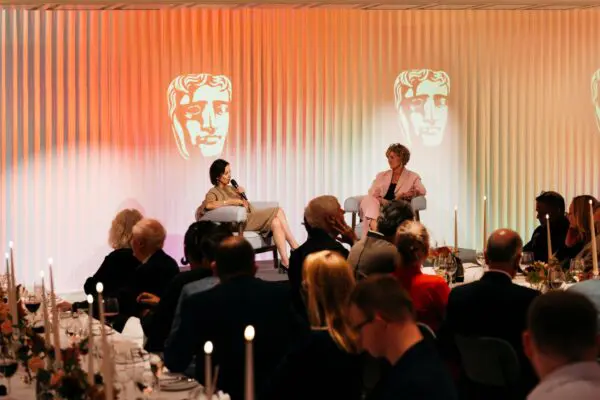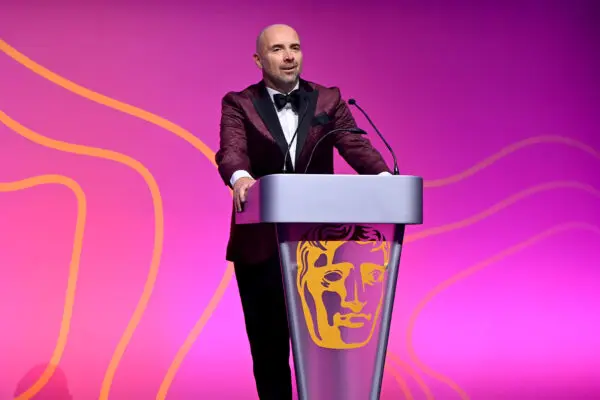The creative screen industries are made up of powerful storytellers. Storytellers who are able to build impactful narratives into the world’s that they create. For many of those working in the games industry right now this includes coming up with innovative new ways to weave climate content into their games in a way that has the potential to bring about real world change. Or, as Monument Valley 3’s game director Jennifer Estaris says: “Green games could trigger the social tipping point to save the planet, to save ourselves, all while having a healthy business.”
Estaris, founder of Estaris Works and sustainability and games consultant, explains: “Players are ready to take action, they want to. But can games facilitate that? They can but we need more innovation we need more surprise we need different types of play.”
But how do we do this? Well, Estaris, and industry advocates Louisa Keight, Laura Carter, Emily Brown and Jude Ower MBE have some ideas – and they’ve all been sharing them at two recent games events as part of the BAFTA and BAFTA albert Green Light season on sustainability in the industry…










